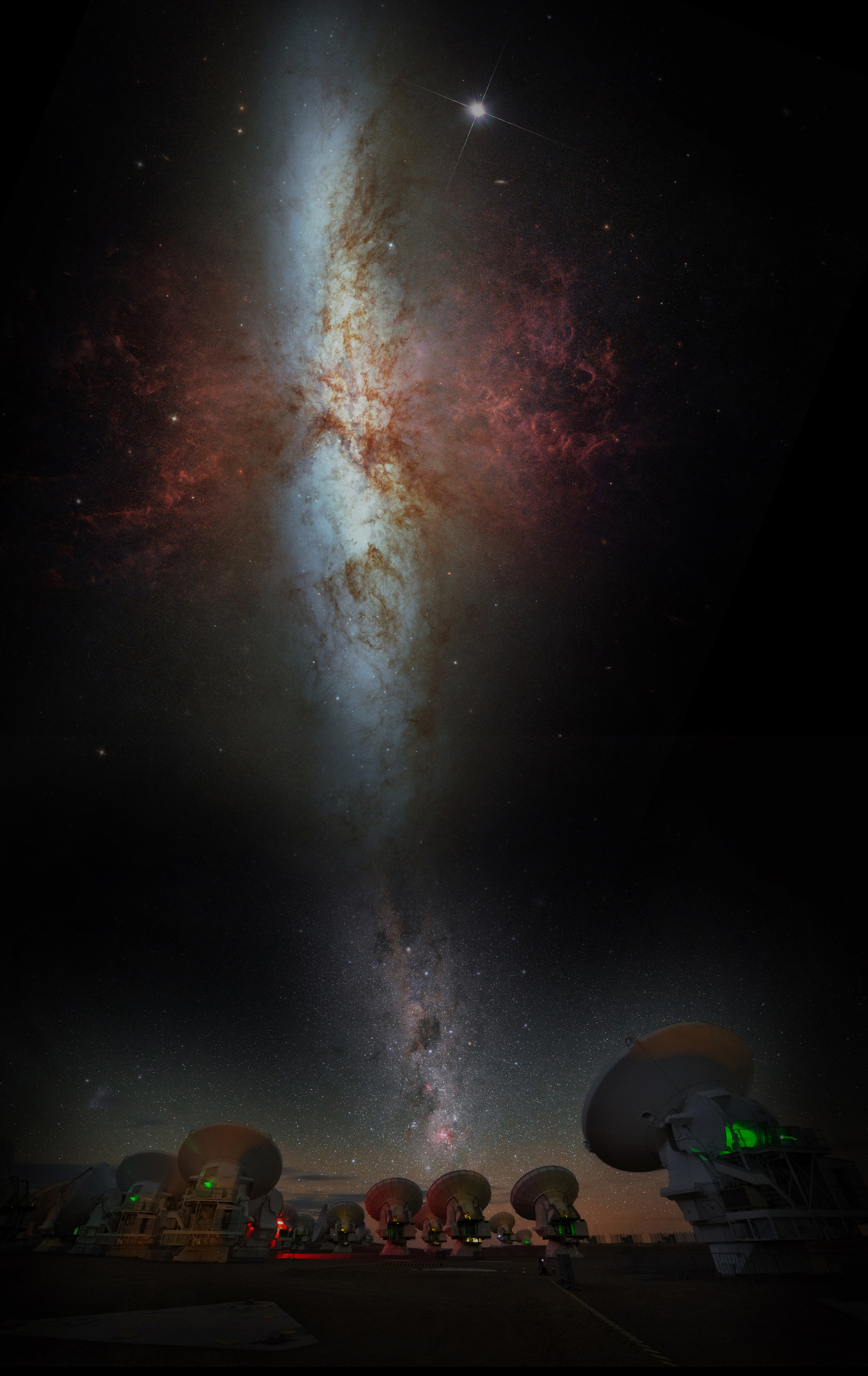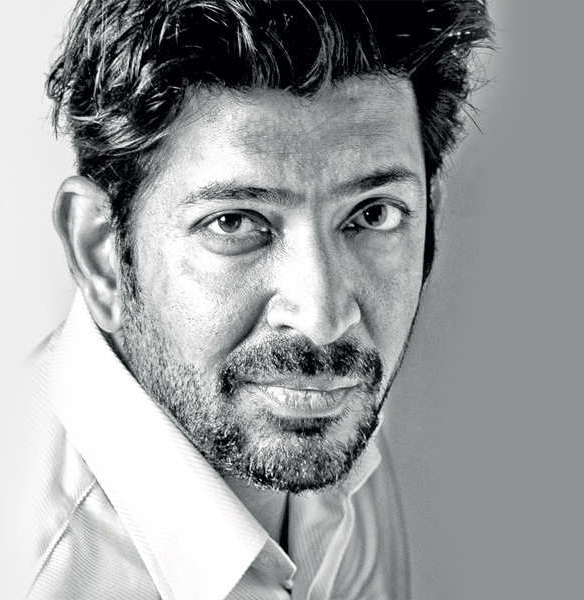

MY ADVENTURE WITH ENTROPY
Entropy: a measure of uncertainty or randomness; lack of order or predictability; gradual decline into disorder.

The Future of Humans?
One Forecaster Calls for Obsolescence
By Siddhartha Mukherjee
March 13, 2017
“Organisms are algorithms,” Yuval Noah Harari asserts in his provocative new book, “Homo Deus.” “Every animal — including Homo sapiens — is an assemblage of organic algorithms shaped by natural selection over millions of years of evolution. . . . There is no reason to think that organic algorithms can do things that nonorganic algorithms will never be able to replicate or surpass.” In Harari’s telling, the human “algorithm” will soon be overrun and outpaced by other algorithms. It is not the specter of mass extinction that is hanging over us. It is the specter of mass obsolescence.
To understand how Harari arrives at this conclusion, we might turn to his earlier book. “Sapiens: A Brief History of Humankind” was an attempt to write a genetic, anthropological, cultural, social and epistemological history of humans over the last 100,000-odd years. Historians, scientists and academic pedants carped about its audacity of scope — but the book, modeled after Jared Diamond’s “Guns, Germs, and Steel” (a book that also received its share of carping and academic envy), presented a sweeping macrohistory, often marvelously. From the birth of a slight, sly, naked ape somewhere in the depths of Africa to the growth, spread and eventual dominance of that species over the world, “Sapiens” split the story of humankind into three broad “revolutions.” The first, the “cognitive revolution,” resulted in humans acquiring the capacity to think, learn and communicate information with a facility unprecedented in the animal kingdom. The second — the “agricultural revolution” — allowed humans to domesticate crops and animals, enabling us to form stable societies and intensifying the flow of information within them. The “scientific revolution” came last. Humans acquired the capacity to interrogate and manipulate the physical, chemical and biological worlds, resulting in even more potent technological advances that surround us today.
“Homo Deus” takes off where “Sapiens” left off; it is a “brief history of tomorrow.” What is the natural culmination of the scientific revolution, Harari asks. What will the future look like? “At the dawn of the third millennium,” he writes, “humanity wakes up, stretching its limbs and rubbing its eyes. Remnants of some awful nightmare are still drifting across its mind. ‘There was something with barbed wire, and huge mushroom clouds. Oh well, it was just a bad dream.’ Going to the bathroom, humanity washes its face, examines its wrinkles in the mirror, makes a cup of coffee and opens the diary, ‘Let’s see what’s on the agenda today.’ ”
This is the kind of breezy prose that has catapulted Harari into an international star — and it is equally evident in this book. I’ll return to that brushed-off nightmare — the barbed wire and mushroom clouds — but Harari continues apace: “Having raised humanity above the beastly level of survival struggles, we will now aim to upgrade humans into gods, and turn Homo sapiens into Homo deus.”
To describe this ascendancy, Harari examines the factors that made the human species so special. “Homo sapiens does its best to forget the fact, but it is an animal,” he writes. So how did this animal come to claim dominion over all other beasts? The answer, he argues, lies not in the uniqueness of our emotions, sensations, morals or moods. Pigs and monkeys share many of these with us — including the capacity to feel anger, envy, pain — and even a desire for justice. Humans exceed these capacities by encoding complex algorithms — “a methodological set of steps that can be used to make calculations, resolve problems and reach decisions.” Pigs, dogs and monkeys — indeed, all living beings — also encode algorithms, Harari tells us; the human ones happen to be particularly complicated and powerful.
In the second section of the book, we witness the relentless march of Homo pre-deus toward Homo deus — from humans who worship gods into humans who become gods. Technology overtakes religion; the fear of nature transmutes into an unprecedented capacity to control nature. Harari has, for my taste, a tendency to overstate the reach of such technological “fixes.” Editing every disease-linked gene in the human genome is not as easy, or as technically feasible, as Harari might wish it — in part, because many diseases, we now know, are the consequences of dozens of gene variants, and of gene-environment and gene-chance interactions. But the writing in this section is lively and enables Harari to raise the most provocative question of this book: If humans succeeded by virtue of their “algorithm,” then why couldn’t another such algorithm topple us in turn?
What kind of “algorithms” does Harari have in mind? They happen to be written by humans themselves. The first kind — encoded within computational machines — will create new technological beings with artificial intelligence. The second — encoded in DNA — will create new biological beings with higher “natural” intelligence. Our capacity to manipulate two fundamental forms of information — the biological and the computational, the byte and the gene — will thus result in the birth of superior beings who will ultimately overrun our world. They will take over our jobs, infiltrate lives, and control our emotions and fates as easily as they control our traffic and taxis today. They will write poetry, make love, create art and look, feel and behave like us — only better.
Harari is not the first to describe this progression of the human species, but his account may well be one of the most chilling to date. Yet even Harari, a master of the catchy story and historical vignette, fails to convince me entirely. First, there is that pesky matter of the barbed wire and the mushroom cloud. Although Harari is correct in noting the overall decline of violence, hideous conflagrations continue to flare around us (Harari lists a profusion of technological innovations created in the last century — antibiotics, computers, the list goes on — and then challenges the reader to come up with similarly powerful innovations in religion. I couldn’t resist: contemporary versions of radical fundamentalism, the use of social media for dispersal, not a particularly pleasant list — but it, too, goes on). The “algorithms” of violence, to contort Harari’s own formulation, have doubtless grown more subtle, but they persist — and Harari’s vision of humans doomed by superhuman biological or computational machines might well be marred by humans doomed by subhuman biological or computational machines: a terrifying contagion, a nuclear war or, most likely, a cataclysm in climate that we will be utterly powerless to stop. Nor can I share Harari’s optimism about certain medical technologies. The examples he provides — of gene sequencing to map and predict human fates, say — have crashed into inherent limits: Chance plays such a crucial role in the development of certain illnesses that genes, although important, may still be relegated to the background. Perhaps we’ll learn to “hack” chance in the future too. But until then, the interventions that preoccupy Harari’s fantasies will be dominated by few, highly penetrant genes that influence fates and futures in an autonomous manner. Several such genes do exist — but it would be premature to extrapolate this idea to the whole genome.
Such concerns aside, Harari’s book still remains essential reading for those who think about the future. The algorithms that Harari describes are not trying to imitate humans; they are trying to become human, and possibly exceed our abilities. One story in his book that captivated me was that of the musician and programmer David Cope, who wrote a program to imitate Bach’s compositions. Listeners described the compositions as having touched their “innermost being” — and were furious when told the music had, in fact, been created by a device whose “innermost being” happened to be a mesh of silicon and copper. Cope later wrote another program — this time to generate haikus. He then published a book in which some poems were written by the computer while others were written by “organic poets,” as Harari describes them, leaving the readers to agonize over which poem was generated by which being. This organic writer, for one, could hardly tell one from the other.
Siddhartha Mukherjee is an assistant professor of medicine at Columbia University. His latest book is “The Gene: An Intimate History.” He won a Pulitzer Prize for his book “The Emperor of All Maladies: A Biography of Cancer.”




Yuval Noah Harari